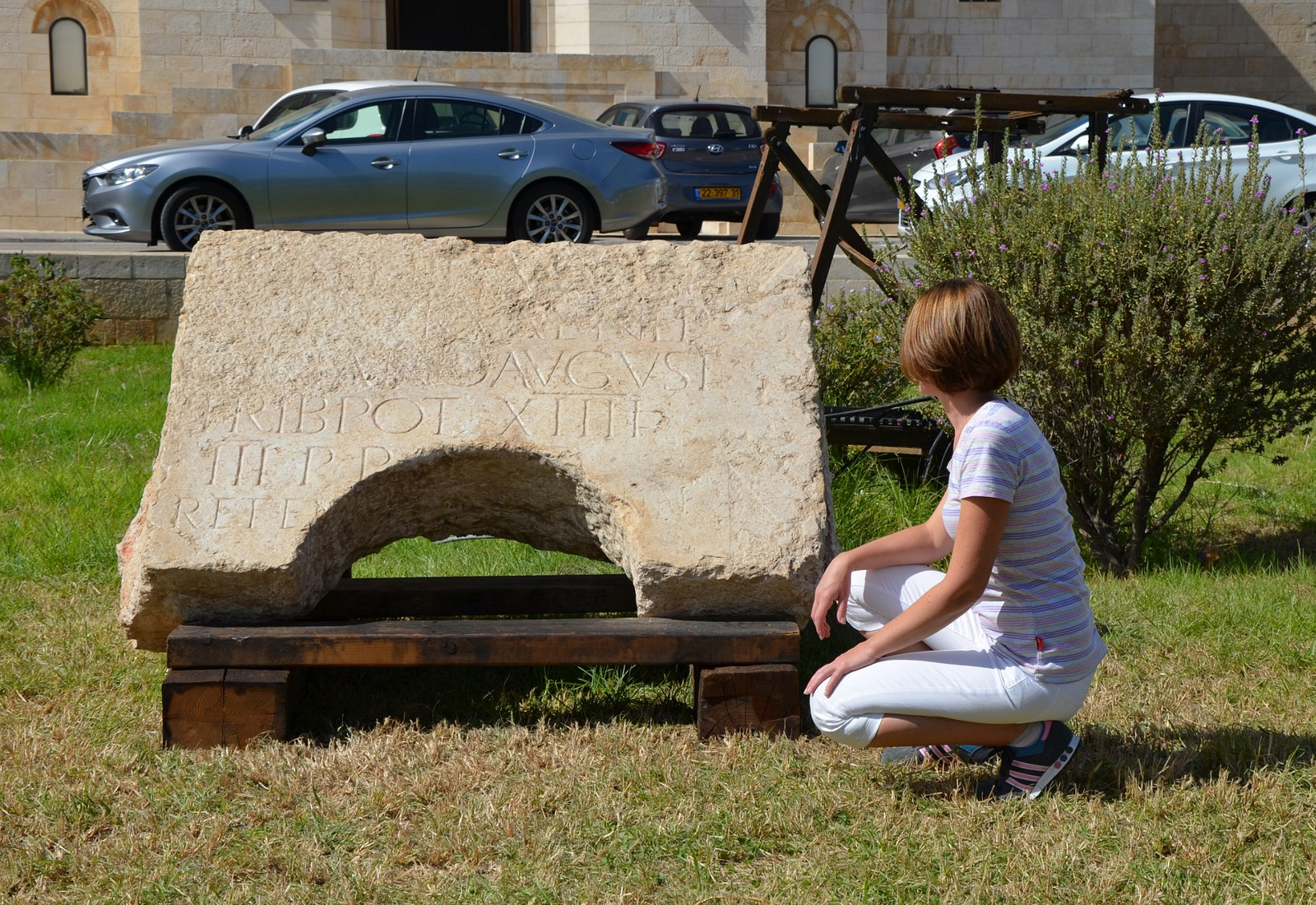This post is part of a series of image posts Ancient History et cetera will post each month. Today, it is all about ancient funerary art! All ancient cultures had varying and extensive beliefs about life and death. They also had elaborate burial rituals performed at death. These rituals ensured safe travel to the afterlife, so that the dead are remembered forever. By the sixth century CE, ancient Greek concepts of the afterlife and ceremonies associated with burial were well established. They believed that when one died they went to the realm of Hades and his wife, Persephone. Greek burial rituals were usually performed by the women of the family and involved a prothesis (laying out of the body) and the ekphora (funeral procession). The most common forms of Greek funerary art are relief sculpture, statues, and tall stelai crowned by capitals, and finials. Similarly, the Romans performed a funeral procession for their dead which would end in a columbarium. These columbarium, depending on the person’s station in life, could be quite elaborate. Roman Sarcophagi also tend to be quite beautiful and visually tell us Roman values. (Whereas, epitaphs provide literary insight into Roman …

